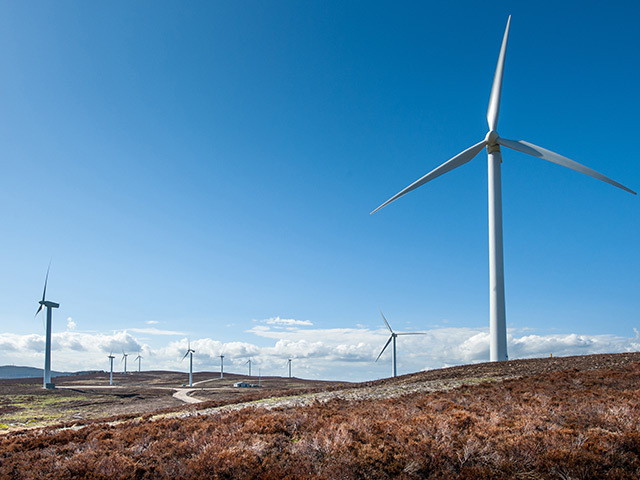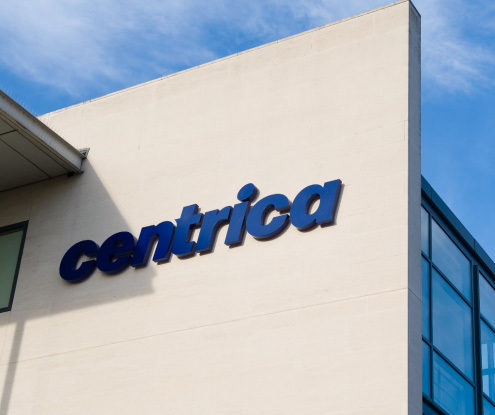
Variable renewables now account for over 30% of total global installed power generation capacity and 23% of total global electricity production. Wind and solar PV have witnessed an explosive annual growth of 23% and 50% respectively in the past ten years.
These figures, revealed in the recent World Energy Council Report ‘Variable Renewables Integration in Electricity Systems 2016 – How to get it right’ developed in partnership with CESI S.p.A., show that the transition towards a low carbon economy is bringing significant positive changes to the electricity industry.
That said, to fully exploit these benefits, we first need to manage the issue of intermittency of renewables, especially when looking at wind and solar power. Existing grids were built when intermittency of generation was not an issue – for renewables to be successfully integrated into generation grids there needs to be significant investment in infrastructure and manufacturing. Therefore a smooth integration of renewables in electrical systems requires some interventions.
From an economic point of view, efficient integration of renewables depends on an effective market design and regulatory framework. It also relies on an increase in connections with solid regional planning.
From a technological perspective, it is necessary to improve advanced operating procedures to optimise reserve capacity and flexibility of conventional generation. It will be even more crucial to develop demand response and demand side technologies further as well as those for energy storage, which will be the single most disruptive technology for the energy industry in the years to come.
Ultimately, the digitalisation of the grid is one of the most important drivers to ensuring there is the necessary flexibility to successfully integrate renewables. By 2030 power grids will have evolved into intelligent energy delivery systems that support plug-and play integration of intermittent energy sources according to the U.S. Department of Energy.
‘Big data’ management has a key role in this evolution; grid operators will increasingly manage consumers demand more precisely and match variable demand in real time using data insights. In fact, big data technologies could enable demand response by allowing system operators to encourage the decrease of consumption during peak hours or even remotely disconnect unnecessary devices.
By 2025, more than 25 billion ‘smart’ devices will be simultaneously connected to the electrical grid and to the internet: the estimated 44 trillion gigabytes of data coming in will have to be handled efficiently, extensively and in real time. Utilities and other system operators will increasingly have to think in an agile way, embracing the principles of sharing, open communication and test-fail-learn to address these challenges. Digital success often means small scale innovation and freedom of operating across never explored business.
Opportunities in the digitalisation process are huge and concrete. This is an area that will be explored by energy leaders at the World Energy Congress which takes place between the 9th and 13th October in Istanbul.
In a report published last month (Sept 16), Goldman Sachs depicts a ‘super cycle’ of investments in the digitalization of the European power grids amounting to €145 billion in the next ten years. Additionally, according to a McKinsey report from May 2016 utilities and industries catching up with this new era could see a boost profitability of around 20% to 30%, creating a potential $1.3 trillion market by 2025.
One thing is clear; a paradigm shift is needed in the energy sector to successfully exploit these opportunities. The usual top-down process of big investments on medium and long term prospects has been shaken by the advent of distributed resources and data-driven customer interfaces. Success now depends on the capability of energy industry players to adapt to the new reality and create new partnerships without giving up on their values and strengths.
Matteo Codazzi is chief executive of CESI SpA.
Recommended for you
